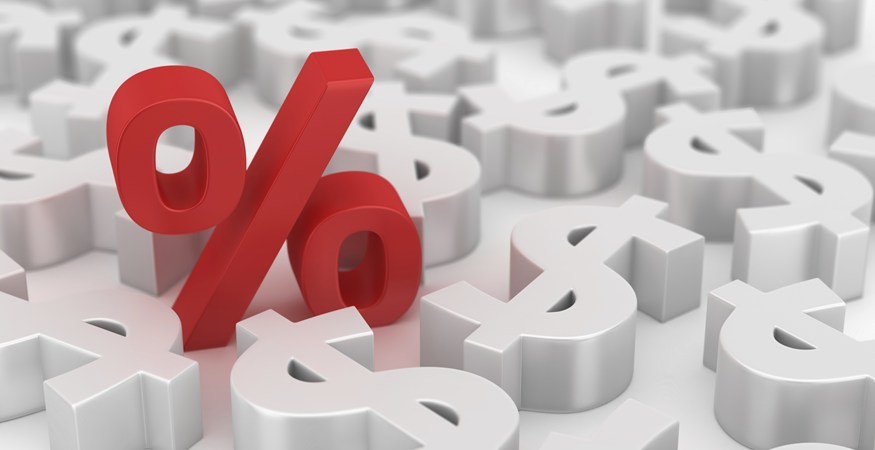A member of the Expediency Council, which resolves disputes between the parliament and the constitutional watchdog Guardians Council, has joined a string of officials and observers in calling for interest rates to be lowered, noting that the bank rates are too high for manufacturers and entrepreneurs.
“The current interest rates in the country are not suitable for economic efficiency and they must be brought down,” Banker.ir also quoted Mohammad Javad Iravani as saying.
While lending rates are officially set at 18% in Iran, real interest rates and cost of fund is higher–a byproduct of historically high inflation rates, a price war between banks to attract more deposits and the quintessential role banks play in funding big projects in the absence of a robust capital market.
In the face of growing public backlash over high rates, the central bank and government officials have hinted at further interest rate cuts– not an easy task when interbank rates are 20-22.
Iravani noted that reforming the monetary and fiscal system is one of the most important components of Resistance Economy.
Resistance Economy is a set of principles aimed at curbing the economy’s dependence on oil export revenues, improving productivity and reducing state intervention to make the economy more resilient in the face of external shocks.
The concept was first raised in 2011 by the Leader of Islamic Revolution Ayatollah Seyyed Ali Khamenei who named the current Iranian year (started March 21) as “Resistance Economy: Production and Employment” in his New Year message.
Current interest rates were set after a round of negotiations last June between the chief executives of private banks and the approval of the Money and Credit Council.
Some argue that the interest rates should get closer to the inflation rate, which is now at 9.8% but is expected to become double digits by June 20.
According to Iravani, the best way to realize the general policies of Resistance Economy is to review and implement the monetary, fiscal and trade plans of Iran in line with the concepts and components of the concept.


